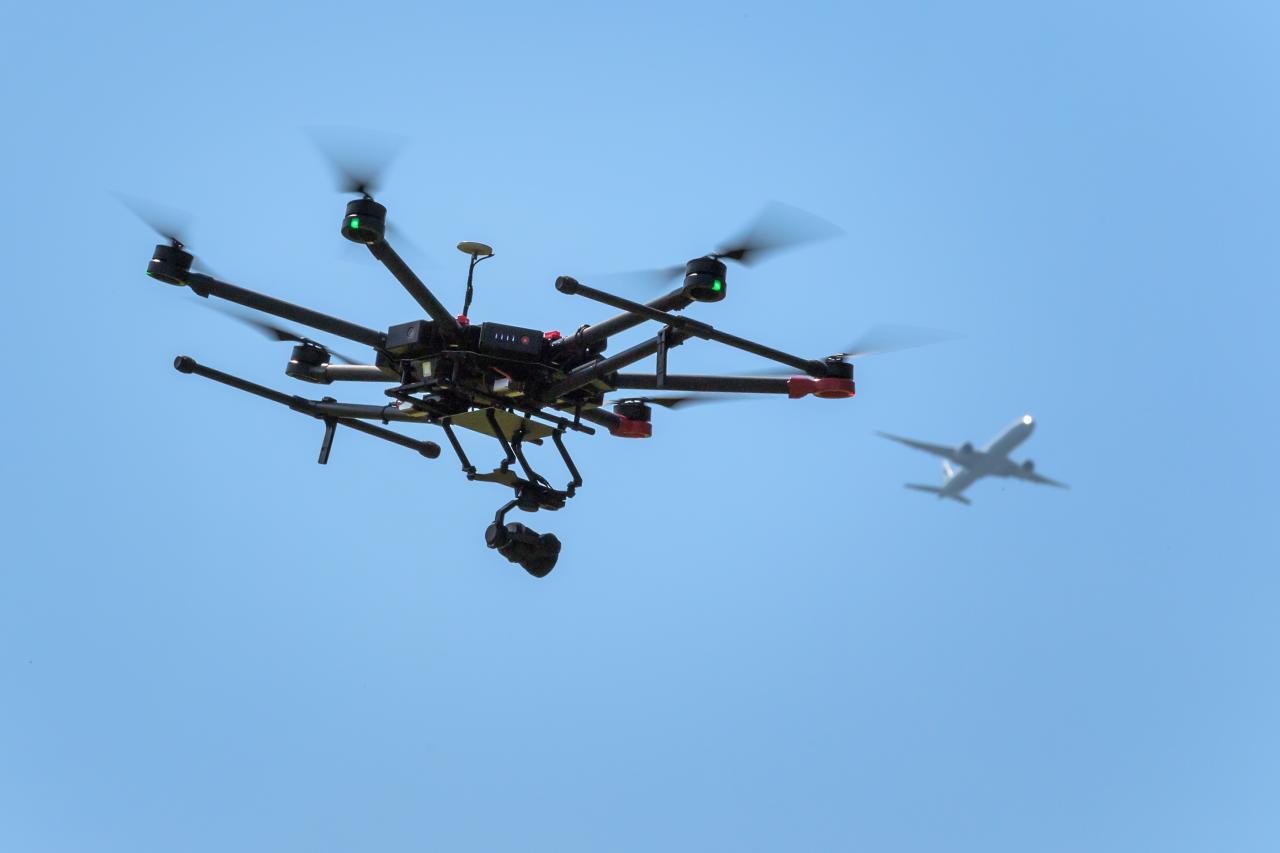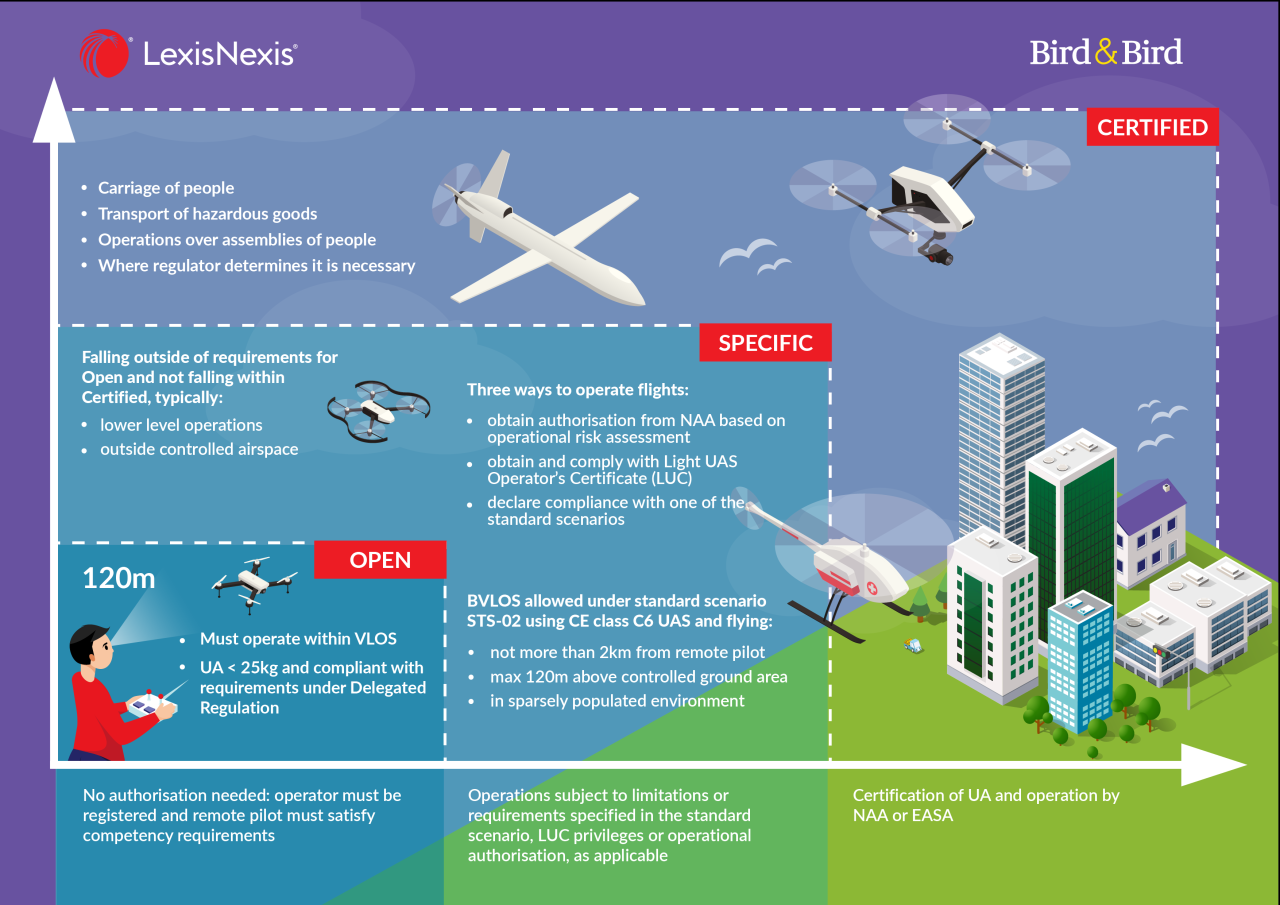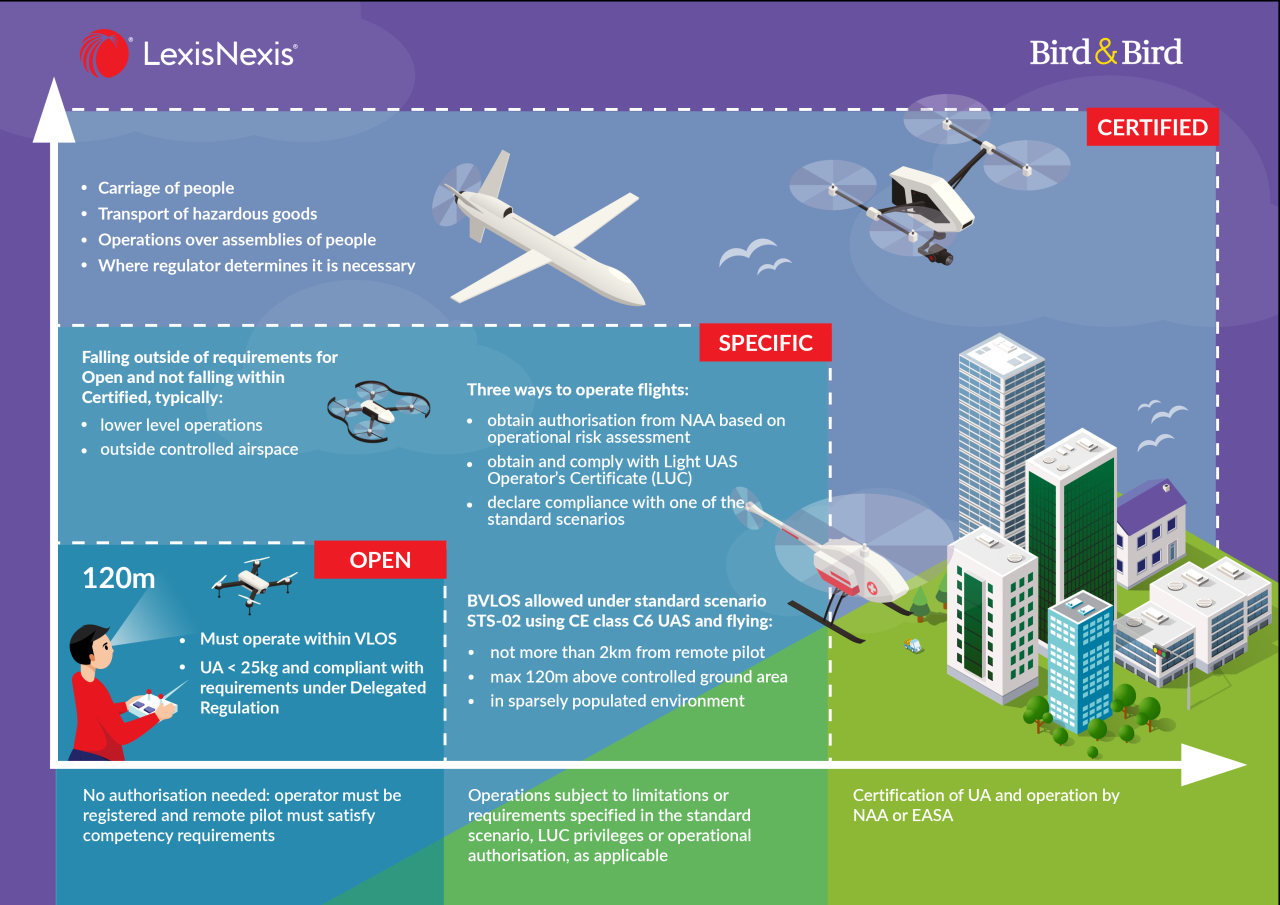New drone rules Canada are changing the game for drone enthusiasts and professionals alike. These updated regulations aim to enhance safety and security in Canadian airspace, addressing concerns about reckless operation and potential hazards. This guide breaks down the key changes, providing a clear understanding of registration, operational restrictions, and the penalties for non-compliance. Whether you’re a seasoned pilot or a curious beginner, understanding these rules is crucial for responsible drone operation in Canada.
We’ll cover everything from registering your drone and obtaining the necessary licenses to understanding flight restrictions near airports and populated areas. We’ll also explore the safety protocols you need to follow to ensure safe and responsible operation, minimizing risks and preventing accidents. By the end, you’ll be well-equipped to navigate the new landscape of Canadian drone regulations.
Overview of New Drone Regulations in Canada: New Drone Rules Canada

Canada’s drone regulations have been updated to enhance safety and security. These changes impact various drone categories and operational aspects, aiming to prevent accidents and misuse. The rationale behind these updates centers on responsible drone use in increasingly congested airspace and the need to protect public safety and critical infrastructure.
So, Canada’s new drone rules are pretty strict, focusing on safety and responsible operation. Thinking about massive drone displays though, makes you wonder about the scale – like the incredible spectacle planned for the china new year drone show 2034 , which will likely need its own set of regulations! Hopefully, future Canadian drone shows can learn from international examples while still following our updated rules.
Key Changes in Drone Regulations
The revised regulations introduce stricter rules regarding drone registration, licensing, operational restrictions, and penalties for non-compliance. Key changes include mandatory drone registration for most models, expanded licensing categories based on drone weight and intended use, and more clearly defined geographical restrictions on drone operation.
Categories of Drones Affected
The updated regulations affect virtually all drones used in Canada, with specific requirements varying based on drone weight and intended purpose. This includes recreational, commercial, and even very small drones, although some exemptions might apply for extremely lightweight models.
Rationale for New Rules
The driving force behind the updated regulations is a combination of safety and security concerns. The increasing popularity of drones necessitates a framework to prevent collisions with aircraft, protect privacy, and safeguard critical infrastructure from unauthorized surveillance or interference. The new rules aim to achieve a balance between promoting innovation in drone technology and ensuring responsible operation.
So, you’re brushing up on the new drone rules in Canada? It’s good to be informed before you fly! Thinking about impressive drone displays, check out this amazing china new year drone show for some serious inspiration. Then, get back to reviewing those Canadian regulations – safe flying is key!
Comparison of Old and New Regulations
| Aspect | Old Regulations | New Regulations | Impact |
|---|---|---|---|
| Registration | Optional for most | Mandatory for most drones exceeding a certain weight | Increased accountability |
| Licensing | Minimal requirements | Multiple licensing categories based on drone weight and operation | Enhanced competency requirements |
| Operational Restrictions | Less defined | Clearly defined no-fly zones and altitude restrictions | Improved safety and security |
| Penalties | Relatively lenient | Significantly increased fines and potential legal action | Stronger deterrent |
Drone Registration and Licensing Requirements
Registering your drone and obtaining the appropriate license are crucial steps for legal and safe drone operation in Canada. The registration process is straightforward, while licensing requirements vary based on the drone’s weight and intended use.
Drone Registration Process
- Visit the official Transport Canada website.
- Create an account and provide necessary information about yourself and your drone.
- Pay the registration fee.
- Receive your registration number and certificate.
- Display your registration number on your drone.
Licensing Categories and Requirements
Licensing requirements are tiered, with Basic, Advanced, and Enhanced categories, each with specific knowledge and flight experience requirements. The appropriate category depends on the drone’s weight and the intended purpose (e.g., recreational, commercial). Heavier drones or those used for commercial purposes will necessitate more extensive licensing.
Mandatory vs. Optional Registration

Registration is generally mandatory for drones exceeding a certain weight limit, typically those weighing over 250 grams. Smaller drones might not require registration but are still subject to other operational rules. Commercial drone use almost always mandates registration and appropriate licensing.
Operational Restrictions and Flight Limitations
Several geographical areas and operational conditions restrict or prohibit drone operation. Adhering to these restrictions is paramount for safety and legal compliance. These limitations cover altitude, distance from airports, populated areas, and critical infrastructure.
Restricted and Prohibited Areas, New drone rules canada
- Airports and surrounding areas: Significant restrictions apply within a specific radius of airports, requiring special permits for any flight.
- Populated areas: Flying over densely populated areas is generally restricted unless specific permissions are obtained.
- Critical infrastructure: Flying near power lines, hospitals, government buildings, and other critical infrastructure is usually prohibited.
- National Parks and Wildlife Reserves: Specific regulations often apply within these areas, sometimes requiring permits.
- Private property: Permission from the landowner is always required before flying over private property.
Altitude and Distance Limitations

Maximum flight altitude is typically restricted, usually to a certain height above ground level (AGL). The maximum operational distance from the pilot is also limited, ensuring maintaining visual line of sight (VLOS).
Safety and Security Protocols
Prioritizing safety and security during drone operation is non-negotiable. Operators must adhere to several mandatory safety measures to prevent accidents and ensure responsible drone use. Maintaining visual line of sight (VLOS) is crucial.
Mandatory Safety Measures
- Visual Line of Sight (VLOS): The operator must always maintain a clear and unobstructed visual line of sight with the drone.
- Pre-flight checks: Thorough pre-flight checks of the drone and its components are essential.
- Weather awareness: Avoid flying in adverse weather conditions such as strong winds, rain, or snow.
- Battery management: Use appropriately charged and maintained batteries.
- Emergency procedures: Be prepared for potential emergencies and have a plan for retrieving the drone if it malfunctions.
Safe Drone Operation Illustration
Imagine a diagram showing a drone operator with a clear view of their drone, maintaining a safe distance from obstacles like buildings and people. The diagram would also show the drone operating within the permitted altitude and distance limits, with the operator clearly aware of their surroundings and adhering to all safety protocols. The diagram emphasizes the importance of pre-flight checks, awareness of weather conditions, and responsible battery management.
Penalties for Non-Compliance
Violating Canada’s drone regulations results in penalties ranging from fines to legal action. The severity of the penalty depends on the nature and severity of the violation. Examples include flying in restricted airspace, operating without registration or a license, or causing damage or injury.
Examples of Violations and Penalties
| Violation | Penalty |
|---|---|
| Flying without registration | Fine |
| Operating in a restricted area | Significant fine and potential legal action |
| Causing damage or injury | Heavy fines, potential imprisonment, and civil liability |
| Operating a drone beyond VLOS | Fine |
Resources and Further Information
Several government websites and organizations provide comprehensive information about Canada’s drone regulations. These resources offer guidance, support, and contact information for addressing queries and resolving disputes.
Useful Resources and Contacts

- Transport Canada website: Provides detailed information on drone regulations, licensing, and registration.
- Contact information for Transport Canada’s drone regulatory team: For inquiries and assistance.
- Process for appealing a decision or contesting a penalty: Information on the appeal process and necessary documentation.
- Links to relevant industry associations and organizations: For additional information and resources.
End of Discussion
Navigating the new drone rules in Canada requires careful attention to detail, but with the right information, responsible operation is achievable. Remember, understanding and adhering to these regulations isn’t just about avoiding penalties; it’s about ensuring the safety of yourself, others, and the integrity of Canadian airspace. This guide serves as a starting point – always refer to official government sources for the most up-to-date information and guidance.
Happy flying (responsibly!)
Okay, so Canada’s got some new drone rules you need to know about, especially regarding registration and flight restrictions. These new regulations are pretty important, because if you’re thinking about big drone displays, you’ll want to be compliant. For instance, check out the amazing scale of the china new year drone show 2024 – that kind of spectacle requires meticulous planning and adherence to regulations.
Understanding the new Canadian rules helps ensure your drone flights are both safe and legal.
Answers to Common Questions
What types of drones are affected by the new rules?
The new rules generally apply to all drones, regardless of size or weight, with some exceptions for very small, hobbyist drones. Check the official Transport Canada website for specifics.
Do I need insurance to fly a drone in Canada?
While not explicitly mandated by Transport Canada for all drone operations, having liability insurance is strongly recommended to protect yourself from potential legal and financial consequences in case of accidents or damage.
How long does the drone registration process take?
The registration process is relatively quick, usually taking only a few minutes to complete online. However, processing times may vary.
What happens if I lose my drone registration number?
You can usually retrieve your registration number through the online portal where you initially registered your drone. Contact Transport Canada if you continue to experience difficulties.
